Antiglycosphingolipid immune responses in neurology. The Vienna experience with isotypes, subclasses, and disease.
Autor(es): Gatterbauer B,Neisser A,Bernheimer H,Schwerer B
Resumo: IgM, IgG, IgA, and IgG subclass anti-GM1, anti-GQ1b, and anti-asialo-GM1 (anti-GA1) antibodies, respectively, were investigated by ELISA in serum from neurological and other patients. Increased anti-GM1 occurred mostly in approximately 15-35% of the cases without statistical differences; high percentages were found in Guillain-Barré syndrome (GBS) preceded by gastrointestinal infection and multifocal motor neuropathy. Roughly, IgM anti-GM1 was most frequent; however, distinct IgG and IgA reactions were found i.a. in GBS. A particular IgM anti-mono- and disialoganglioside pattern occurred in a patient with sensorimotor neuropathy and paraproteinemia. Anti-GQ1b was elevated in all Miller-Fisher patients, with some prevalence of IgG2 among IgG subclasses. Cross-reactivity of anti-GQ1b was demonstrated with Campylobacter jejuni lipopolysaccharides. Increased anti-GM1 and/or anti-GA1 was more frequent in systemic lupus erythematosus with central nervous system involvement than without. Incidence of anti-GM1 and anti-GA1 in X-adrenoleukodystrophy was relatively high. Although anti-GSL antibodies seem to have limited diagnostic value, studies of isotypes, subclass patterns, and cross-reactivities may lead to further insight into the origin of (auto) immune responses and their immunepathogenetic role in disease.
Imprenta: Annals of the New York Academy of Sciences, v. 845, p. 353-362, 1998
Identificador do Objeto Digital: 10.1111/j.1749-6632.1998.tb09687.x
Descritores: Guillain-Barre Syndrome - Pathogenesis ; Guillain-Barre Syndrome - Proteins ; Guillain-Barre Syndrome - Antibodies ; Guillain-Barre Syndrome - Immunology
Data de Publicação: 1998








